Before we start exploring how to use color on stage, let’s first understand how color works!
When talking about color and color theory, white light is often used as the starting point, with the midday sun as the reference. We've all seen Newton's famous experiment: white light passes through a prism and scatters into the colors of the rainbow. Through this experiment, Newton determined that white light consists of seven basic colors: red, orange, yellow, green, blue, indigo, and violet. These seven colors are further refined into three primary colors, namely red, green, and blue.

three primary colors of light
The three primary colors of light are red, green and blue. This principle is used in TV screens, computer monitors, and all the screens on your devices. Some simple LED fixtures also use this color mode. The reason why these colors (often abbreviated to RGB) are called the three primary colors of light is because when these three colors are mixed together, they form white light. Mixing any two primary colors together results in a new color, called a secondary color. Mix red light and green light together and you get yellow. When red and blue are mixed, the result is magenta. Mixing green light and blue light results in cyan. Cyan, yellow, and magenta are the secondary colors of light, usually represented by CMY.
The wonderful relationship between primary and secondary colors
There is a unique relationship between primary and secondary colors. The primary color of light is the secondary color of the pigment, and vice versa. Ink cartridges in inkjet printers use cyan, yellow, and magenta as the primary colors for mixing. Mixing two of these primary colors together creates secondary colors. For example, mixing yellow and magenta together produces red.
So how do our eyes see color? Our eyes can only see the light reflected from objects. If we shine white light on a piece of red clothing, what will we see? The skirt absorbs blue and green light and only reflects red light back to us, so the skirt looks red. If you shine white light on a green piece of clothing, it absorbs the red and blue parts of the spectrum and reflects only the green light. On the other hand, if you illuminate a red dress with green light, the red dress will absorb all the green light. Since there is no red light to reflect, the red dress will not reflect any light, so it will appear black. To verify, use red colored paper to look at the skirt on the right. Notice how they change? You can also try it again with green colored paper.

Understanding how different light colors mix and how our eyes perceive.these combinations can help create dramatic effects and enhance the visual storytelling on stage.
This foundational knowledge of color mixing and light interaction is essential for anyone starting in stage lighting, ensuring you can use colors to their full potential to create captivating performances.
For more information, please follow our Betopper official website https://betopperdj.com/, or our official YouTube account https://www.youtube.com/@betopperofficial. Welcome!!!






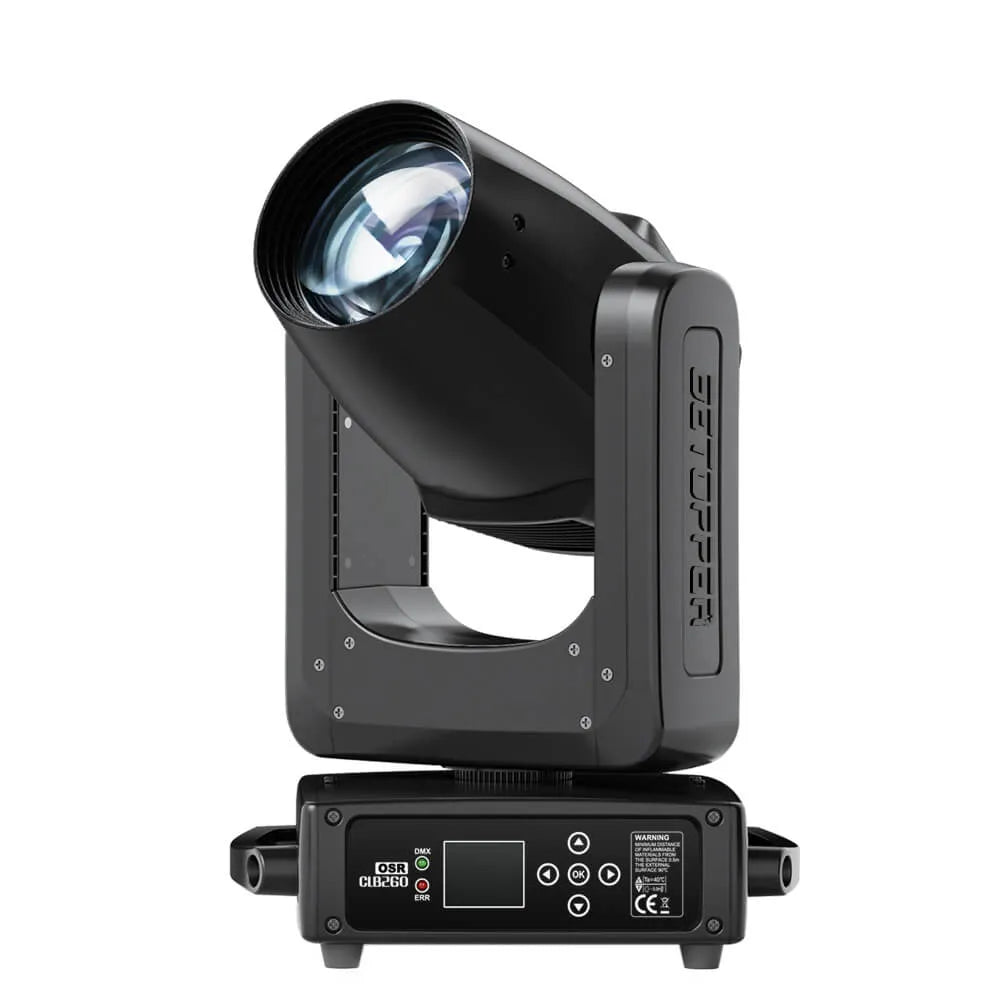

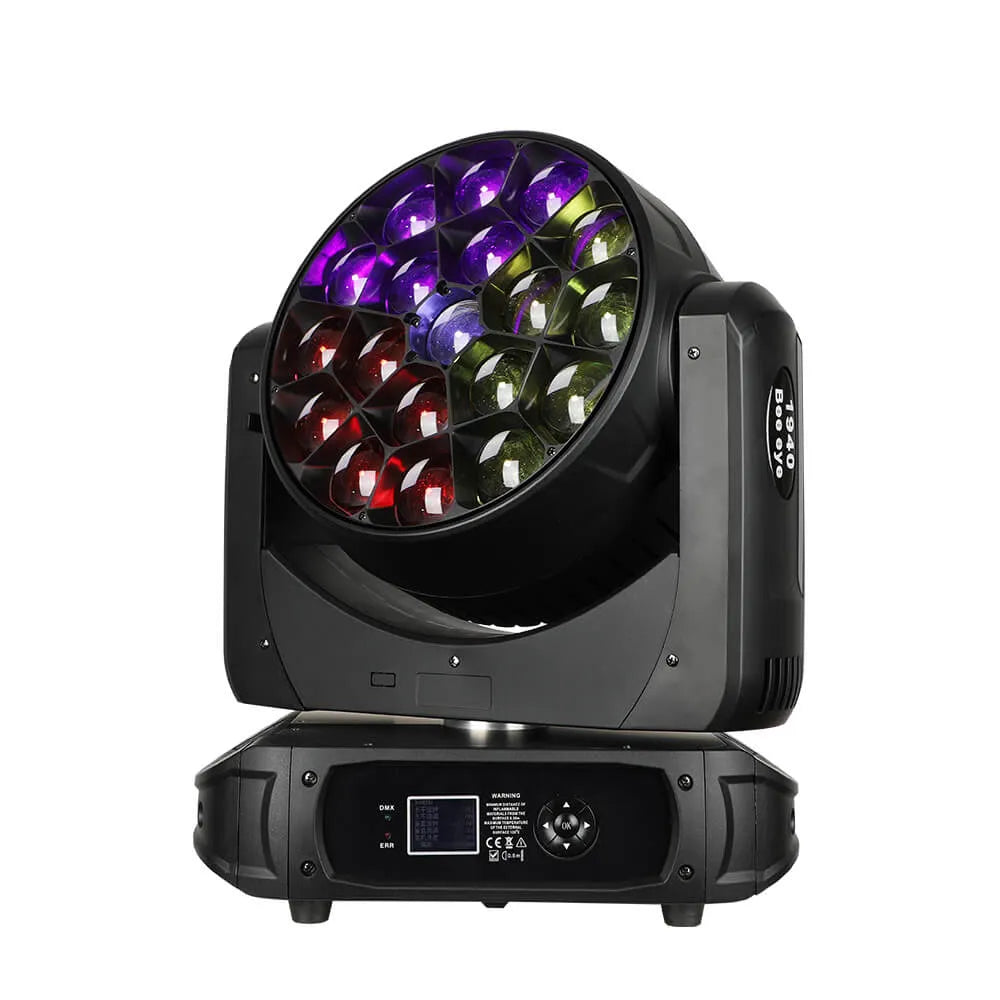







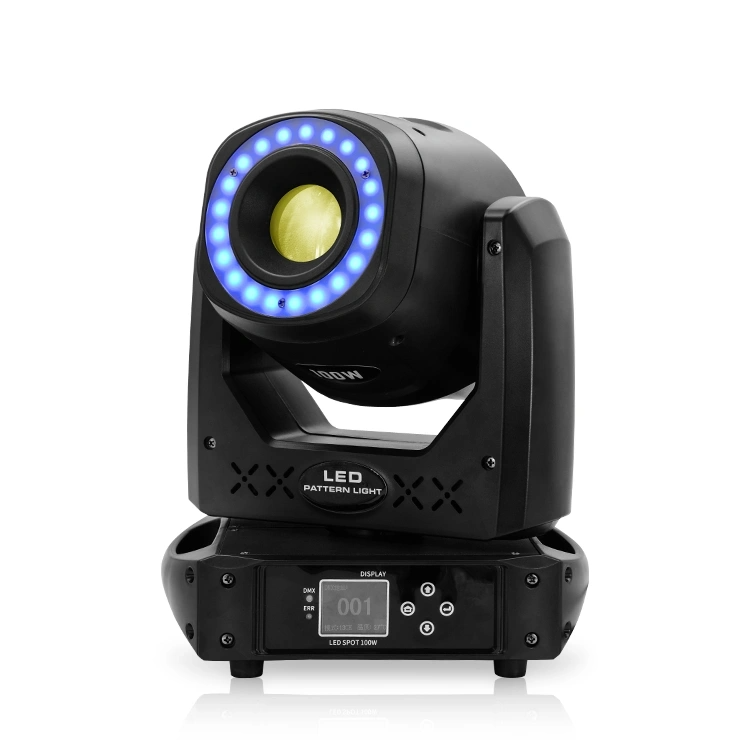







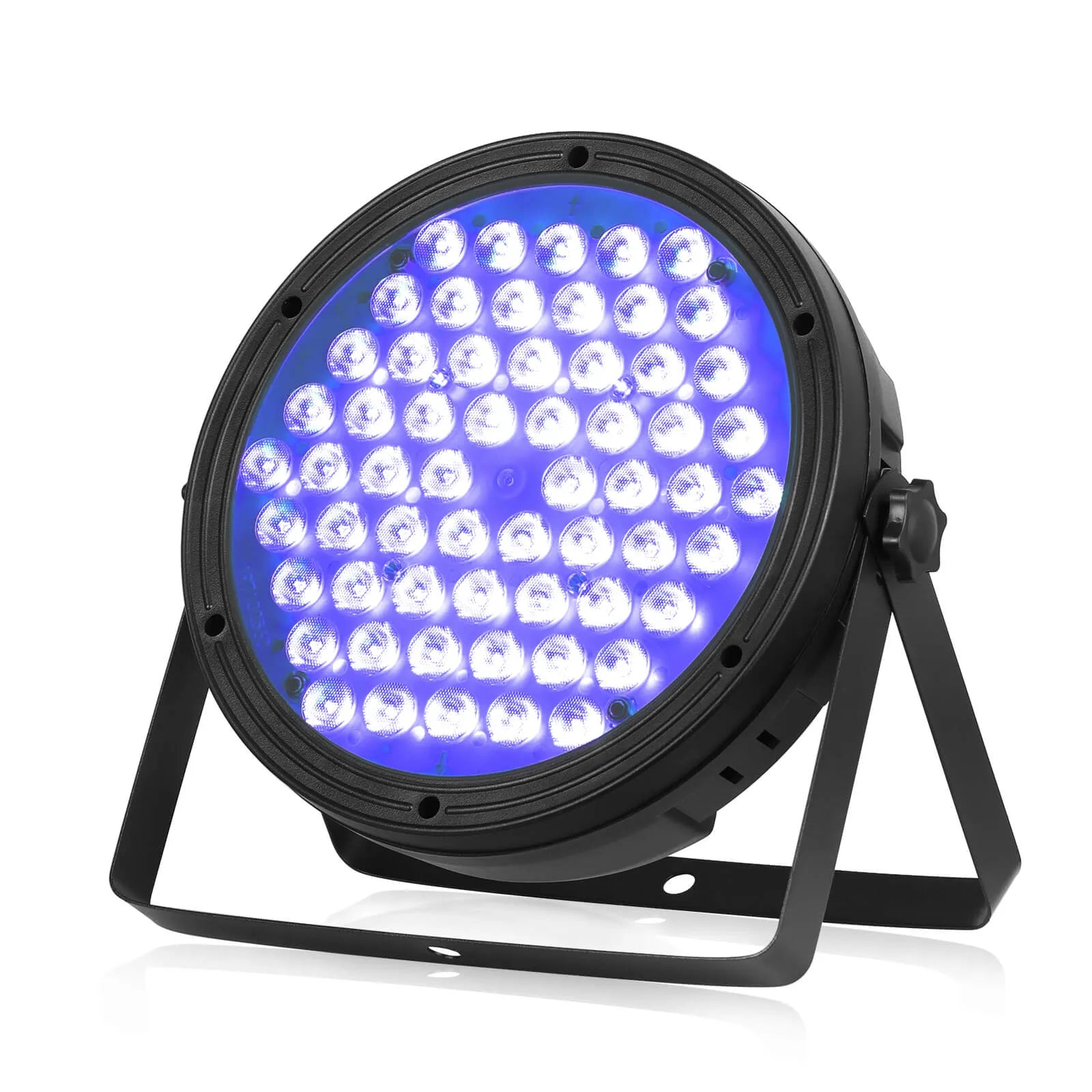












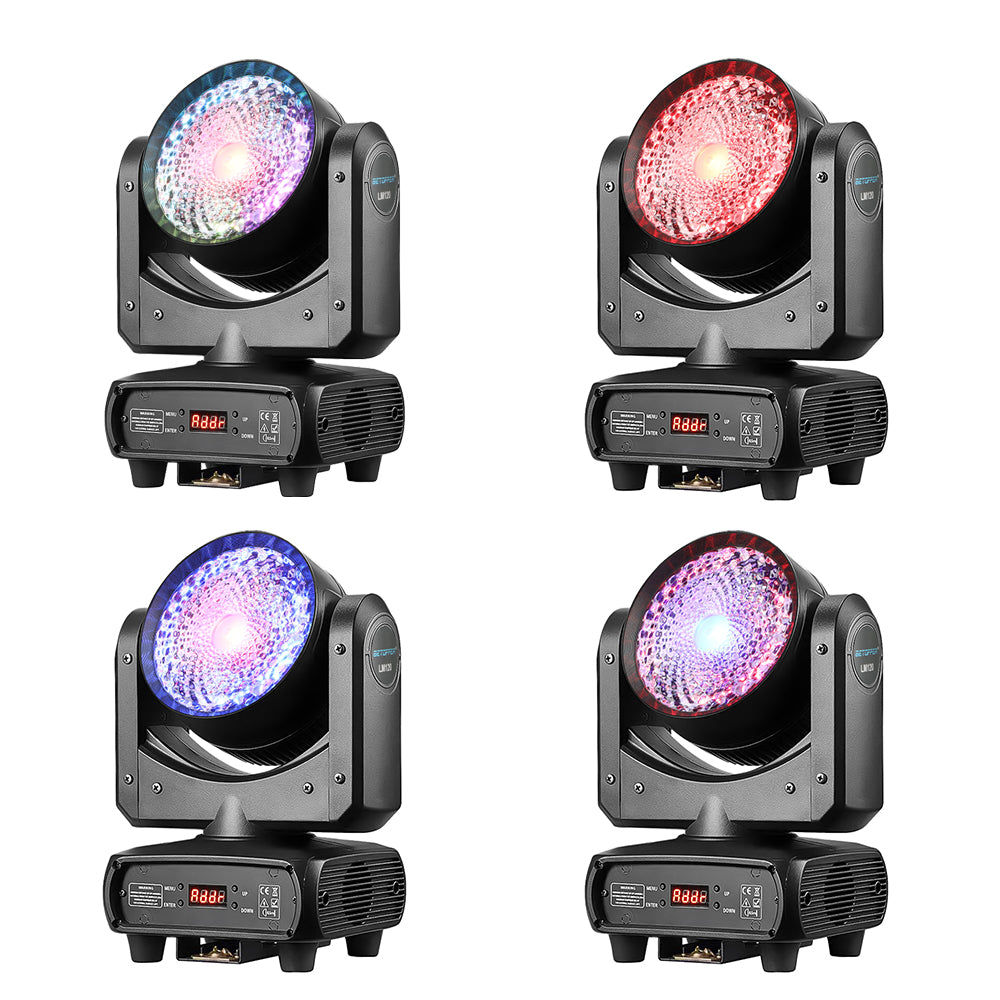

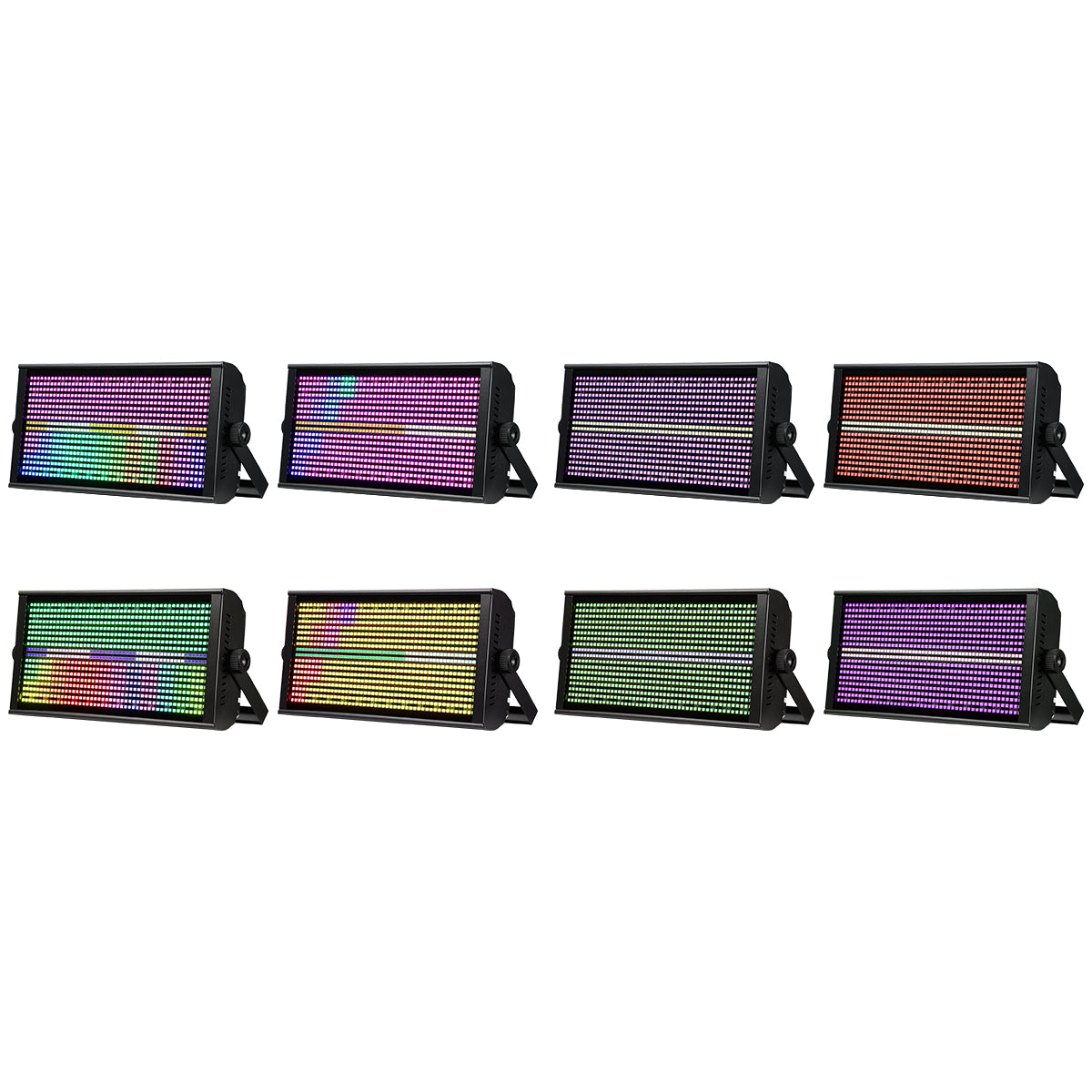




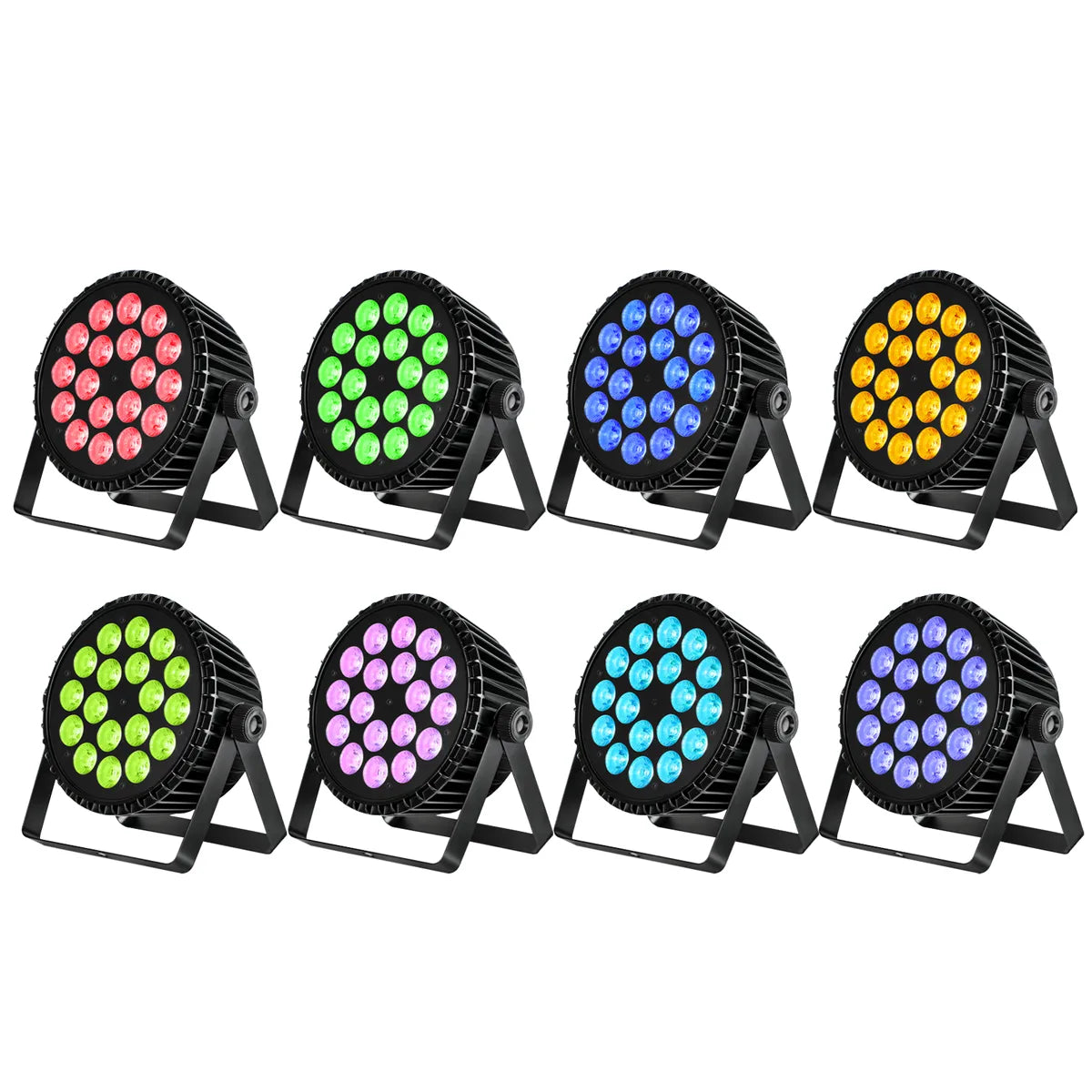











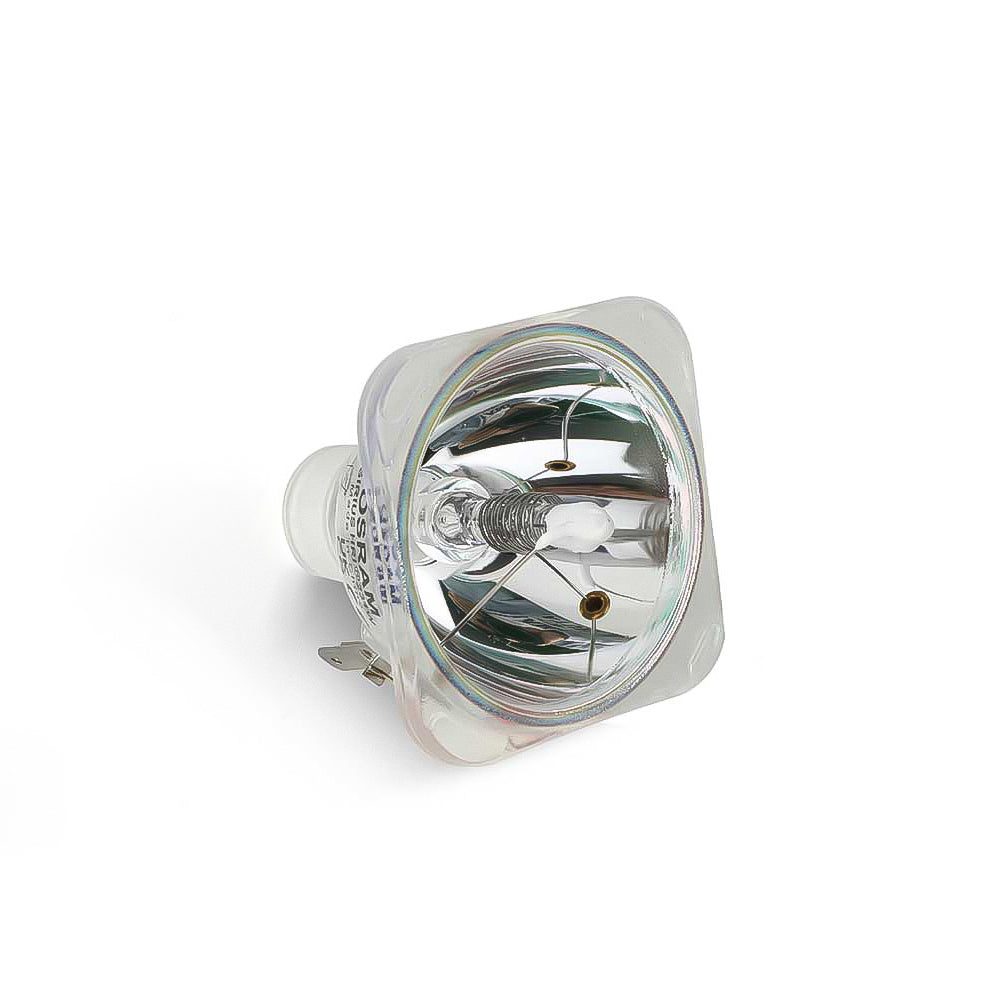
















Leave a comment
This site is protected by hCaptcha and the hCaptcha Privacy Policy and Terms of Service apply.